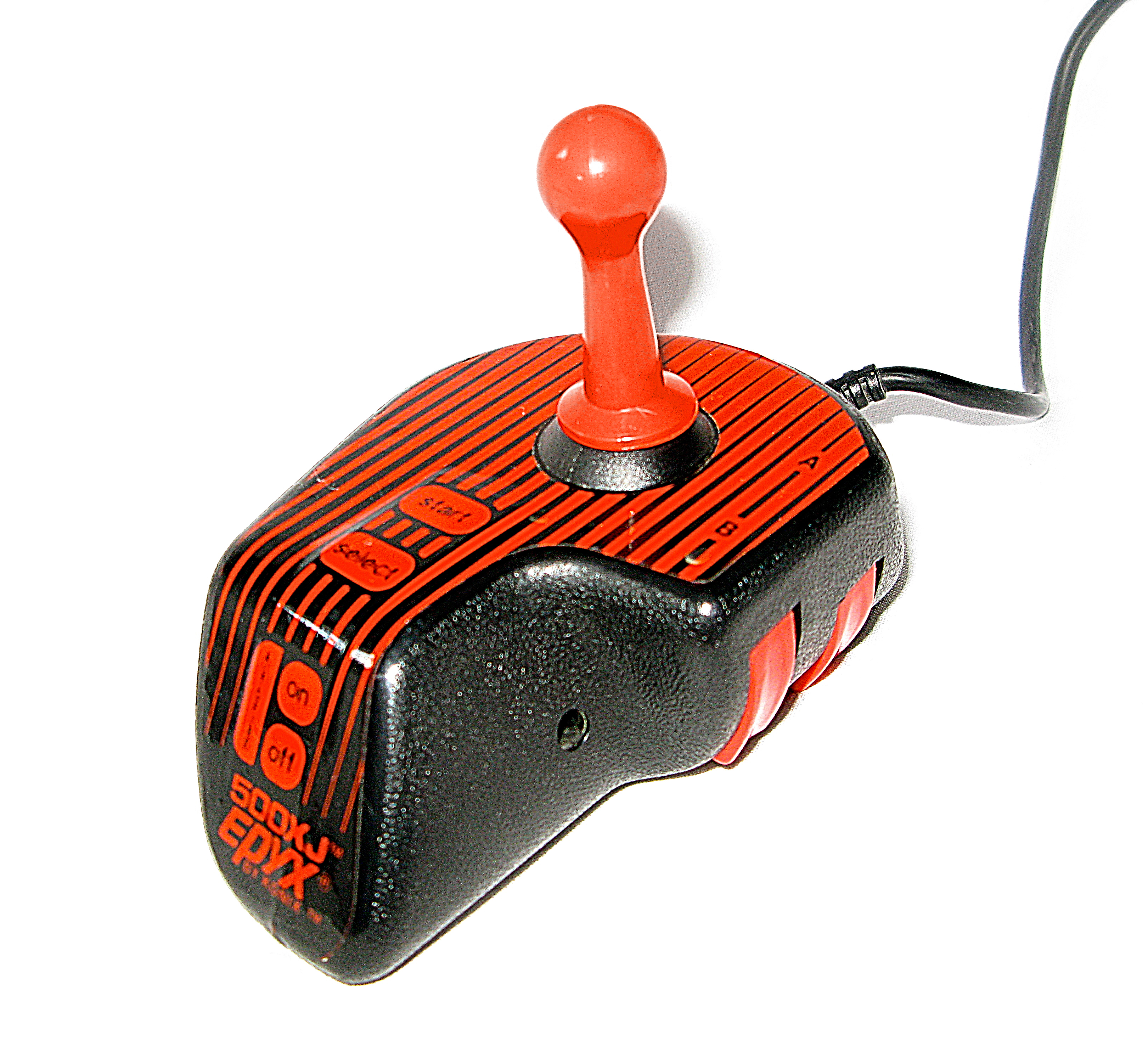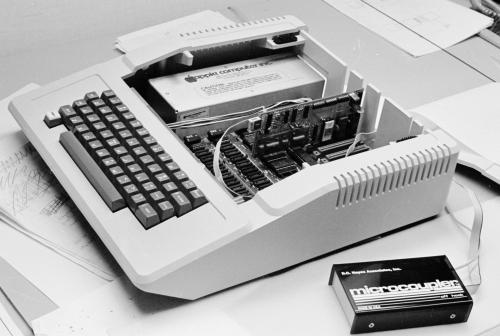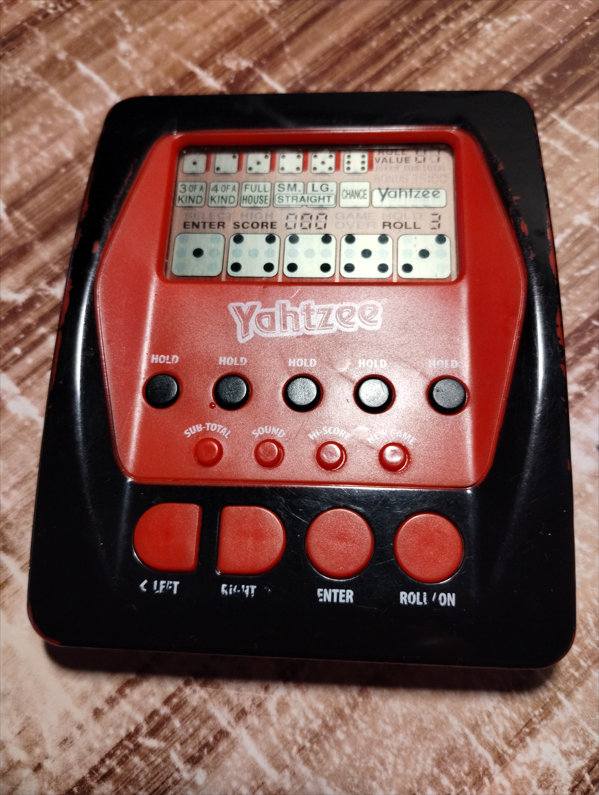|
Dragon's Eye (video Game)
''Dragon's Eye'' is a 1981 fantasy role-playing video game published by Automated Simulations for the Apple II, Atari 8-bit family, and Commodore PET. Plot ''Dragon's Eye'' is a game in which the player is a spell-using adventurer that a wizard hires to find the legendary Dragon's Eye. Reception Daniel Hockman reviewed the game for ''Computer Gaming World'', and stated that "In the final analysis it is the individual combat system of ''Dragon's Eye'' that sets this game apart from others of similar type. It is very well done, challenging to play, and fun. If you like FRP style combat this is the game for you." Rudy Kraft reviewed ''Dragon's Eye'' in ''The Space Gamer'' No. 48. Kraft recommended it, opining that it is "a very good game". References External linksSoftalk [...More Info...] [...Related Items...] OR: [Wikipedia] [Google] [Baidu] |
Automated Simulations
Epyx, Inc. was a video game video game developer, developer and video game publisher, publisher active in the late 1970s and 1980s. The company was founded as Automated Simulations by Jim Connelley and Jon Freeman (game designer), Jon Freeman, originally using Epyx as a brand name for action-oriented games before renaming the company to match in 1983. Epyx published a long series of games through the 1980s. The company is currently owned by Bridgestone Multimedia Group Global. History Formation In 1977, Susan Lee-Merrow invited Jon Freeman to join a Dungeons & Dragons game hosted by Jim Connelley and Jeff Johnson. Connelley later purchased a Commodore PET computer to help with the bookkeeping involved in being a dungeon master, and came up with the idea of writing a computer game for the machine before the end of the year so he could write it off on his taxes. Freeman had written on gaming for several publications, and joined Connelley in the design of a new space-themed wargame. ... [...More Info...] [...Related Items...] OR: [Wikipedia] [Google] [Baidu] |
1981 In Video Gaming
Fueled by the previous year's release of the colorful and appealing ''Pac-Man'', the audience for arcade games in 1981 became much wider. ''Pac-Man'' influenced maze games began appearing in arcades and on home systems. ''Pac-Man'' was again the year's highest-grossing video game for the second year in a row. Nintendo released the arcade game ''Donkey Kong'', which defined the platformer genre. Other arcade hits released in 1981 include '' Defender'', '' Scramble'', ''Frogger'', and ''Galaga''. The year's best-selling home system was Nintendo's Game & Watch, for the second year in a row. Financial performance * The arcade video game market in the US generates $4.8 billion in revenue. * The home video game market in the US generates $1 billion in sales revenue, with Atari remaining the market leader. * The home video game market in Europe is worth $200 million. Highest-grossing arcade games The year's highest-grossing video game was ''Pac-Man'' with in arcade game revenue, ... [...More Info...] [...Related Items...] OR: [Wikipedia] [Google] [Baidu] |
Apple II
The Apple II (stylized as ) is an 8-bit home computer and one of the world's first highly successful mass-produced microcomputer products. It was designed primarily by Steve Wozniak; Jerry Manock developed the design of Apple II's foam-molded plastic case, Rod Holt developed the switching power supply, while Steve Jobs's role in the design of the computer was limited to overseeing Jerry Manock's work on the plastic case. It was introduced by Jobs and Wozniak at the 1977 West Coast Computer Faire, and marks Apple's first launch of a personal computer aimed at a consumer market—branded toward American households rather than businessmen or computer hobbyists. ''Byte'' magazine referred to the Apple II, Commodore PET 2001, and TRS-80 as the "1977 Trinity". As the Apple II had the defining feature of being able to display color graphics, the Apple logo was redesigned to have a spectrum of colors. The Apple II is the first model in the Apple II series, followed by App ... [...More Info...] [...Related Items...] OR: [Wikipedia] [Google] [Baidu] |
Atari 8-bit Family
The Atari 8-bit family is a series of 8-bit home computers introduced by Atari, Inc. in 1979 as the Atari 400 and Atari 800. The series was successively upgraded to Atari 1200XL , Atari 600XL, Atari 800XL, Atari 65XE, Atari 130XE, Atari 800XE, and Atari XEGS, the last discontinued in 1992. They differ primarily in packaging, each based on the MOS Technology 6502 CPU A central processing unit (CPU), also called a central processor, main processor or just processor, is the electronic circuitry that executes instructions comprising a computer program. The CPU performs basic arithmetic, logic, controlling, and ... at and the same custom coprocessor chips. As the first home computer architecture with coprocessors, it has graphics and sound more advanced than most contemporary machines. Video games were a major draw, and first-person space combat simulator ''Star Raiders'' is considered the platform's killer app. The plug-and-play peripherals use the Atari SIO serial bus, wit ... [...More Info...] [...Related Items...] OR: [Wikipedia] [Google] [Baidu] |
Commodore PET
The Commodore PET is a line of personal computers produced starting in 1977 by Commodore International. A single all-in-one case combines a MOS Technology 6502 microprocessor, Commodore BASIC in read-only memory, keyboard, monochrome monitor, and, in early models, a cassette deck. Development of the system began in 1976, and a prototype was demonstrated at the January 1977 Consumer Electronics Show. The name "PET" was suggested by Andre Souson after he saw the Pet Rock in Los Gatos, and stated they were going to make the "pet computer". It was backronymed to Personal Electronic Transactor. A series of problems delayed production versions until December 1977, by which time the TRS-80 and Apple II had already begun deliveries. ''Byte'' referred to the three machines collectively as the "1977 trinity". Following the initial PET 2001, the design was updated through a series of models with more memory, better keyboard, larger screen, and other modifications. The systems were ... [...More Info...] [...Related Items...] OR: [Wikipedia] [Google] [Baidu] |
Computer Gaming World
''Computer Gaming World'' (CGW) was an American computer game magazine published between 1981 and 2006. One of the few magazines of the era to survive the video game crash of 1983, it was sold to Ziff Davis in 1993. It expanded greatly through the 1990s and became one of the largest dedicated video game magazines, reaching around 500 pages by 1997. In the early 2000s its circulation was about 300,000, only slightly behind the market leader '' PC Gamer''. But, like most magazines of the era, the rapid move of its advertising revenue to internet properties led to a decline in revenue. In 2006, Ziff announced it would be refocused as ''Games for Windows'', before moving it to solely online format, and then shutting down completely later the same year. History In 1979, Russell Sipe left the Southern Baptist Convention ministry. A fan of computer games, he realized in spring 1981 that no magazine was dedicated to computer games. Although Sipe had no publishing experience, he formed ... [...More Info...] [...Related Items...] OR: [Wikipedia] [Google] [Baidu] |
Rudy Kraft
Rudy Kraft III is a game designer who has worked primarily on role-playing games. Career Steve Perrin and Rudy Kraft designed the ''RuneQuest'' (1978) mythical fantasy roleplaying game, set in the world of Glorantha created by Greg Stafford, and published by Chaosium. Judges Guild's first publication after obtaining the license for ''RuneQuest'' was Kraft's ''Broken Tree Inn'' (1979), an adventure that featured material cut from Chaosium's own ''Snake Pipe Hollow'' (1979), although the Glorantha references were removed in the Judges Guild publication. Kraft and Jennell Jaquays' ''Adventures Beyond the Pass'', originally intended for Judges Guild, was never published by them; Greg Stafford instead published it through Chaosium as ''Griffin Mountain'' (1981). Kraft also contributed to Chaosium's '' Thieves' World'' (1981). Kraft was one of the contributors to Flying Buffalo Flying Buffalo Inc. (FBI) is a game company with a line of role playing games, card games, and other gami ... [...More Info...] [...Related Items...] OR: [Wikipedia] [Google] [Baidu] |
The Space Gamer
''The Space Gamer'' was a magazine dedicated to the subject of science fiction and fantasy board games and tabletop role-playing games. It quickly grew in importance and was an important and influential magazine in its subject matter from the late 1970s through the mid-1980s. The magazine is no longer published, but the rights holders maintain a web presence using its final title ''Space Gamer/Fantasy Gamer''. History ''The Space Gamer'' (''TSG'') started out as a digest quarterly publication of the brand new Metagaming Concepts company in March 1975. Howard M. Thompson, the owner of Metagaming and the first editor of the magazine, stated "The magazine had been planned for after our third or fourth game but circumstances demand we do it now" (after their first game, ''Stellar Conquest''). Initial issues were in a plain-paper digest format. By issue 17, it had grown to a full size bimonthly magazine, printed on slick paper. When Steve Jackson departed Metagaming to found his ... [...More Info...] [...Related Items...] OR: [Wikipedia] [Google] [Baidu] |
Steve Jackson Games
Steve Jackson Games (SJGames) is a game company, founded in 1980 by Steve Jackson, that creates and publishes role-playing, board, and card games, and (until 2019) the gaming magazine ''Pyramid''. History Founded in 1980, six years after the creation of ''Dungeons & Dragons'', SJ Games created several role-playing and strategy games with science fiction themes. SJ Games' early titles were microgames initially sold in 4×7 inch ziploc bags, and later in the similarly sized Pocket Box. Games such as ''Ogre'', '' Car Wars'', and ''G.E.V'' (an ''Ogre'' spin-off) were popular during SJ Games' early years. Game designers such as Loren Wiseman and Jonathan Leistiko have worked for Steve Jackson Games. Today SJ Games publishes a variety of games, such as card games, board games, strategy games, and in different genres, such as fantasy, sci-fi, and gothic horror. They also published the book '' Principia Discordia'', the sacred text of the Discordian religion. Raid by the ... [...More Info...] [...Related Items...] OR: [Wikipedia] [Google] [Baidu] |
Electronic Games
An electronic game is a game that uses electronics to create an interactive system with which a player can play. Video games are the most common form today, and for this reason the two terms are often used interchangeably. There are other common forms of electronic game including handheld electronic games, standalone systems (e.g. pinball, slot machines, or electro-mechanical arcade games), and exclusively non-visual products (e.g. audio games). Teletype games The earliest form of computer game to achieve any degree of mainstream use was the text-based Teletype game. Teletype games lack video display screens and instead present the game to the player by printing a series of characters on paper which the player reads as it emerges from the platen. Practically this means that each action taken will require a line of paper and thus a hard-copy record of the game remains after it has been played. This naturally tends to reduce the size of the gaming universe or alternatively to r ... [...More Info...] [...Related Items...] OR: [Wikipedia] [Google] [Baidu] |
1981 Video Games
Events January * January 1 ** Greece enters the European Economic Community, predecessor of the European Union. ** Palau becomes a self-governing territory. * January 10 – Salvadoran Civil War: The FMLN launches its first major offensive, gaining control of most of Morazán and Chalatenango departments. * January 15 – Pope John Paul II receives a delegation led by Polish Solidarity leader Lech Wałęsa at the Vatican. * January 20 – Iran releases the 52 Americans held for 444 days, minutes after Ronald Reagan is sworn in as the 40th President of the United States, ending the Iran hostage crisis. * January 21 – The first DeLorean automobile, a stainless steel sports car with gull-wing doors, rolls off the production line in Dunmurry, Northern Ireland. * January 24 – An earthquake of magnitude in Sichuan, China, kills 150 people. Japan suffers a less serious earthquake on the same day. * January 25 – In South Africa the largest part of the tow ... [...More Info...] [...Related Items...] OR: [Wikipedia] [Google] [Baidu] |
Apple II Games
An apple is an edible fruit produced by an apple tree (''Malus domestica''). Apple trees are cultivated worldwide and are the most widely grown species in the genus ''Malus''. The tree originated in Central Asia, where its wild ancestor, ''Malus sieversii'', is still found today. Apples have been grown for thousands of years in Asia and Europe and were brought to North America by European colonists. Apples have religious and mythological significance in many cultures, including Norse, Greek, and European Christian tradition. Apples grown from seed tend to be very different from those of their parents, and the resultant fruit frequently lacks desired characteristics. Generally, apple cultivars are propagated by clonal grafting onto rootstocks. Apple trees grown without rootstocks tend to be larger and much slower to fruit after planting. Rootstocks are used to control the speed of growth and the size of the resulting tree, allowing for easier harvesting. There are more th ... [...More Info...] [...Related Items...] OR: [Wikipedia] [Google] [Baidu] |



.jpg)


